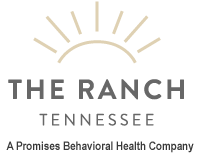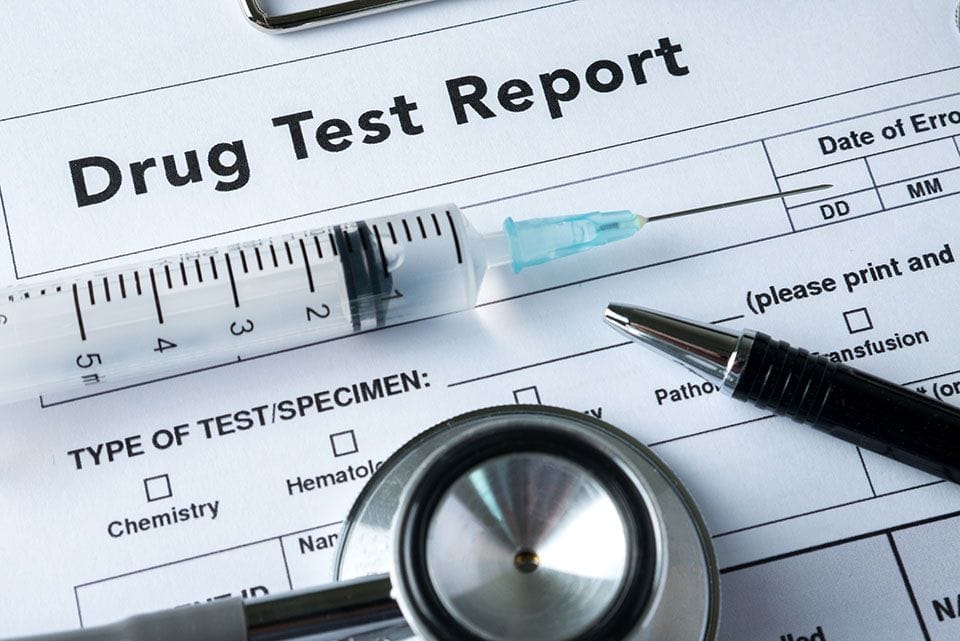The headline is pretty startling, but it’s nothing we should be very surprised at, given the prevalence of news accounts of drug use on the rise all across America. Still, the comprehensive study undertaken by Quest Diagnostics Health Trends reveals some sobering statistics that should raise red flags – and lead to more careful monitoring of prescription drugs by medical professionals as well as repeat testing. The national study involved analysis of nearly 76,000 laboratory tests for monitoring drug use and the results showed that the majority of those tested were misusing their prescription drugs. Sixty-three percent, or three in five, patients tested were using prescription drugs not as directed by their prescribing physician. Although not comprehended in the analysis, the findings suggest that Americans are misusing prescription drugs in a number of ways, according to the study authors. These include everything from missing doses due to forgetfulness, financial constraints or confusion, combining prescribed and illicit drugs, taking too many prescribed drugs at once, combining drug use with alcohol consumption, and selling or giving away their medications (diversion). Why is the current prescription drug misuse an epidemic? Nearly 20,000 Americans die each year from drug overdose, according to statistics cited by the Centers for Disease Control and Prevention (CDC). Among those deaths, 74 percent, or 14,800, are due to opioid pain medication misuse. Opioid pain killers include oxycodone (e.g. OxyContin and Percocet), hydrocodone (e.g. Vicodin and Lortab), and methadone (e.g. Dolophine and Methadose). Other prescription medications commonly abused include central nervous system depressants commonly prescribed to treat anxiety, including benzodiazepines such as alprazolam (e.g. Xanax) and stimulants, commonly prescribed to treat attention-deficit hyperactivity disorder (ADHD), primarily amphetamine (e.g. Adderall). In the full report of the study, “Prescription Drug Misuse in America: Laboratory Insights into the New Drug Epidemic” (//www.questdiagnostics.com/home/physicians/health-trends/prescription-drug-misuse), the authors cite the fact that opioid pain relievers now account for more overdose deaths than heroin and cocaine combined. In addition, more than 475,000 emergency room visits in 2009 were due to misuse of prescription pain narcotics. About the Tests The study involved analysis of 75,997 de-identified urine lab test results of patients from both genders in 45 states and the District of Columbia. The analysis was done in 2011, and patients were tested for the presence of up to 26 commonly abused prescription medications and illicit drugs, including marijuana and cocaine. Key Study Findings Among the study’s key findings:
- Of the patients tested, 63 percent were inconsistent with a physician’s orders.
- Evidence of misuse was found across all commonly prescribed controlled substances, including pain relievers (44 percent), central nervous system (50 percent), and amphetamine medications (48 percent).
- More than half (60 percent) of inconsistent reports showed evidence of drugs that had not been prescribed by the ordering physician.
- In 40 percent of inconsistent cases, lab testing did not detect the prescribed drug.
Age – Risk of misuse was highest for younger ages, but all ages are at risk. Seventy-three percent of adults (18 to 24 years old), and as many as 70 percent of children (aged 10 to 17), were not taking prescriptions according to their doctors’ orders. Among older adults tested, one in two (50 percent), showed inconsistent results, meaning they were at risk for misuse. Gender – While men and women were equally likely to misuse drugs, men were more likely to use illicit drugs. Two in 10 (21 percent) males tested positive for cocaine, PCP or marijuana, compared with 15 percent of females. Income – Income level correlated only modestly with drug misuse. The study found similar rates of inconsistency among low-income and high-income levels. But, among the lowest-income patients, 42 percent had no reportable drug in their system, compared to 35 percent of patients at the highest-income level. Health care coverage – Medicaid beneficiaries had the highest level of misuse (72 percent), followed by 62 percent in a private health plan and 60 percent of patients in Medicare. Repeat Testing The key findings here support medical recommendations to perform routine urine testing for prescription drug monitoring.
- Among patients tested at least twice, the study found the number of patients with inconsistent results dropped by 10 percent.
- The study also found that repeat testing reduced the number of patients with inconsistent use of pain medications by 17 percent.


